A collaborative platform for paperless relicensing
OSA is common and the prevalence is increasing with the increased prevalence of obesity. Daytime sleepiness is among the most common symptoms, but many patients with OSA are asymptomatic. Patients with OSA who are asymptomatic, or whose symptoms are minimally bothersome and pose no apparent risk to driving safety, can be treated with behavioral measures, such as weight loss and exercise. Interventions such as positive airway pressure are recommended for those with excessive sleepiness and resistant hypertension. Managing asymptomatic OSA to reduce cardiovascular and cerebrovascular events is not currently supported by high-quality evidence.
| Duration : 01:00:00 hours |
| Content provider : Accrecent |
| Date launched at CMEPEDIA : August 30, 2025 |
| Expiry date of course : Awaiting accreditation |
| Module size : 0.00MB |
| Price : ₹0.00 - ₹330.00 |
Upon completion of this activity, participants should be able to:
Identify novel approaches to treating obstructive sleep apnea, their indications and effectiveness.
Describe the relationship between sleep apnea and vascular disease
Describe simple and effective behavioral techniques for the treatment of chronic insomnia
Discuss appropriate first-line management for patients with restless legs syndrome
Recognize novel pharmacologic therapies for insomnia and daytime sleepiness
Differentiate between different causes and management of active and violent behaviors at night in patients of different ages






₹0.00 - ₹330.00

₹121.00 - ₹451.00

₹0.00 - ₹330.00

₹0.00 - ₹440.00
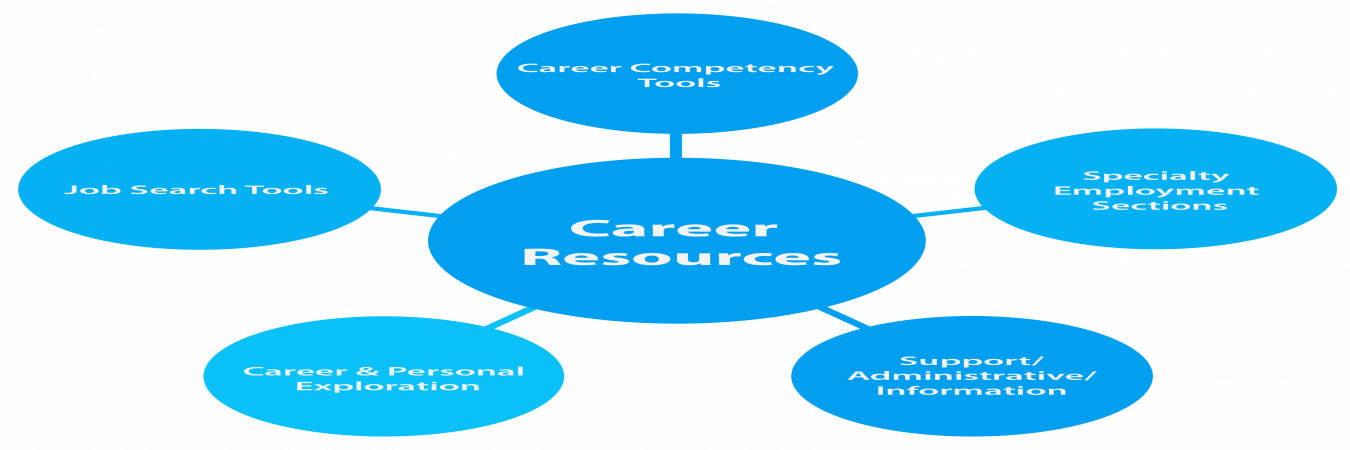
₹0.00 - ₹330.00

₹0.00 - ₹330.00

₹0.00 - ₹330.00
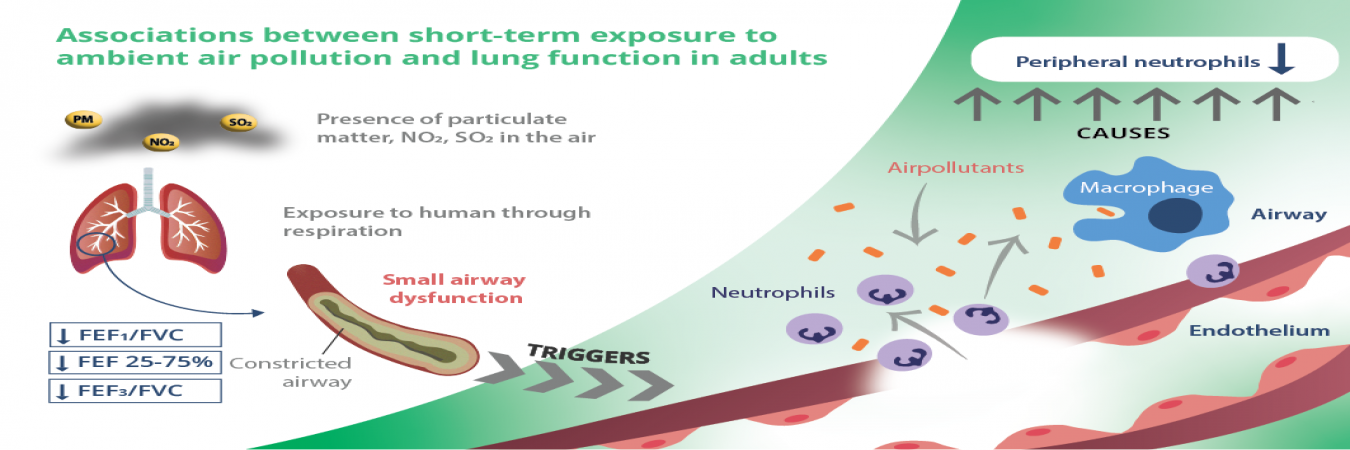
₹0.00 - ₹330.00

₹1241.90 - ₹1571.90

₹0.00 - ₹330.00

₹0.00 - ₹330.00
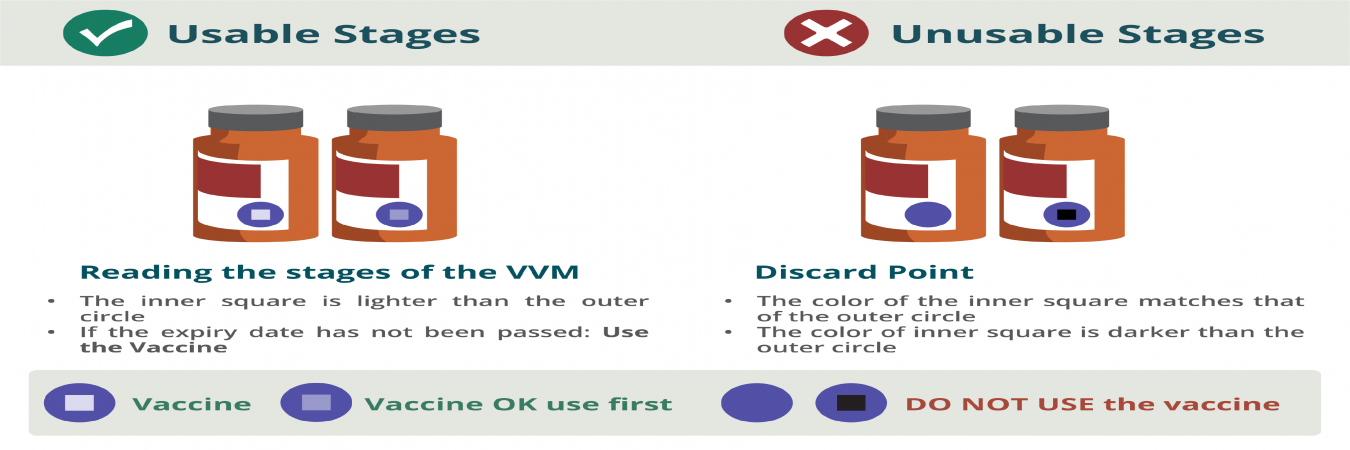
₹451.00 - ₹2651.00

₹0.00 - ₹330.00
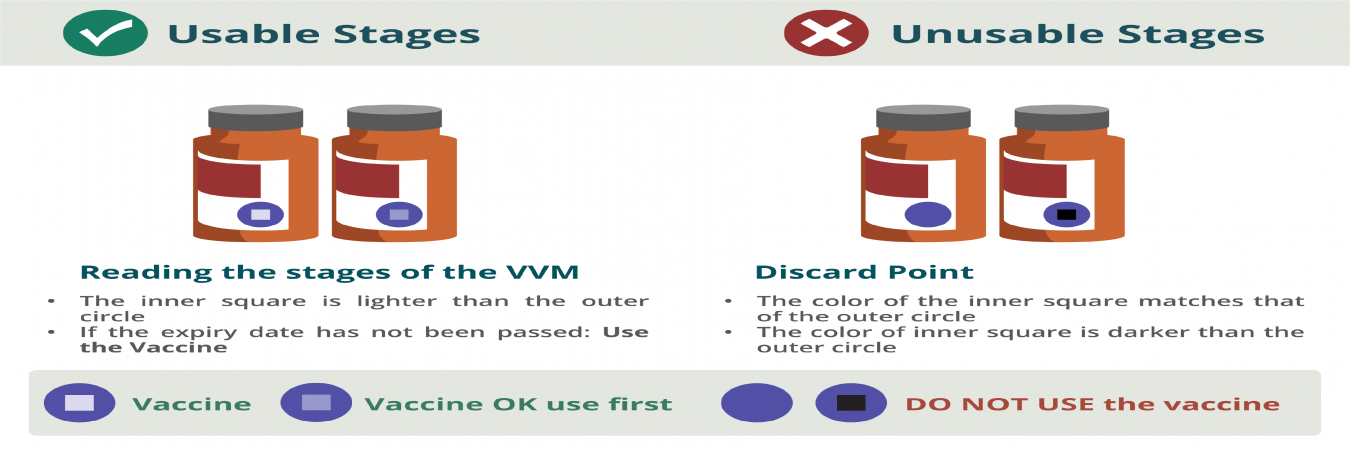
₹0.00 - ₹330.00
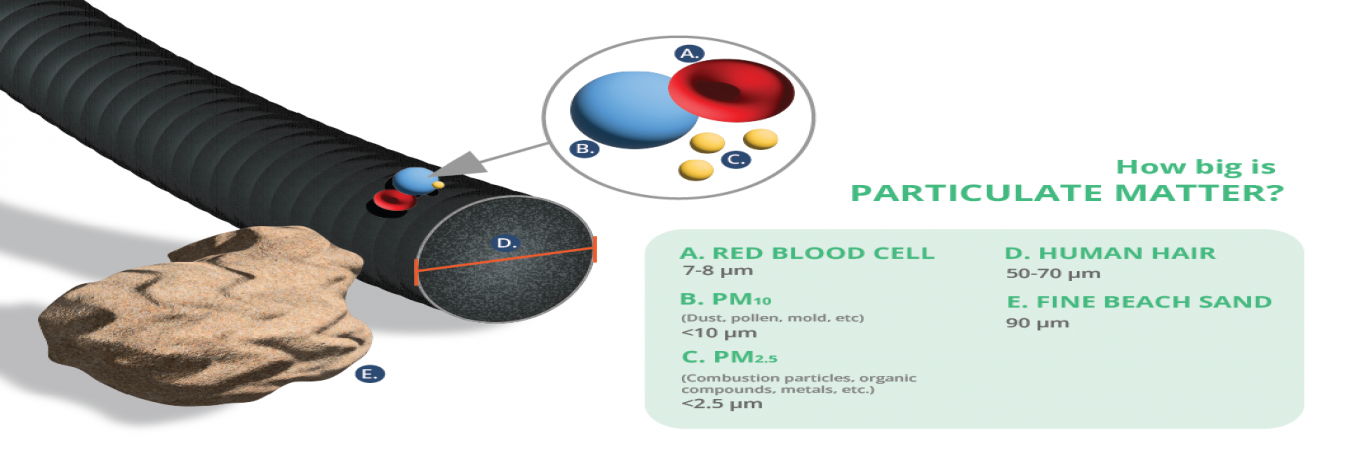
₹0.00 - ₹330.00

₹0.00 - ₹330.00
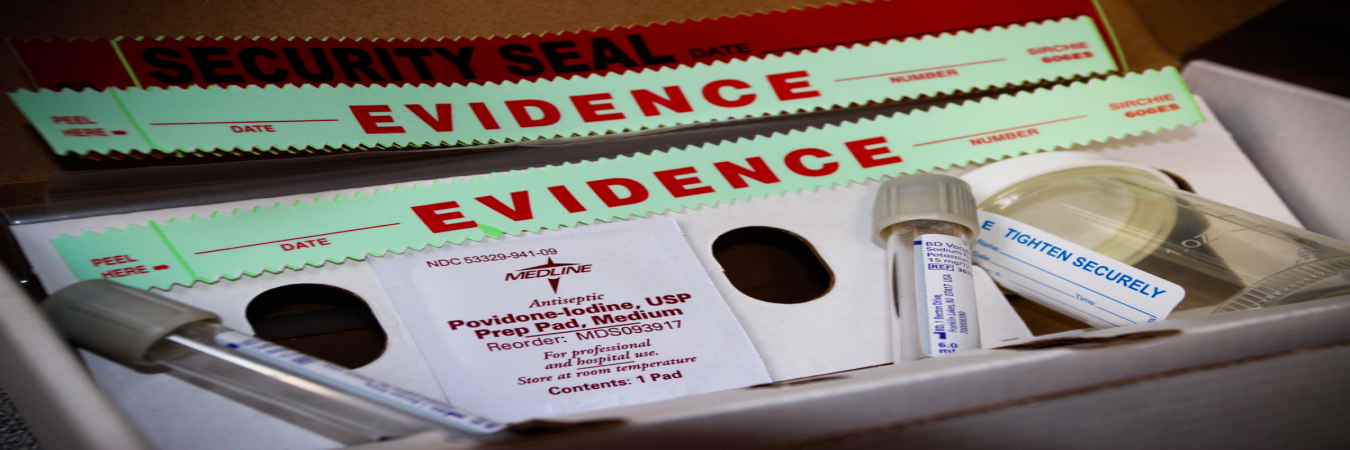
₹0.00 - ₹330.00

₹26392.91 - ₹26832.91

₹0.00 - ₹330.00

₹0.00 - ₹330.00

₹0.00 - ₹330.00

₹0.00 - ₹330.00
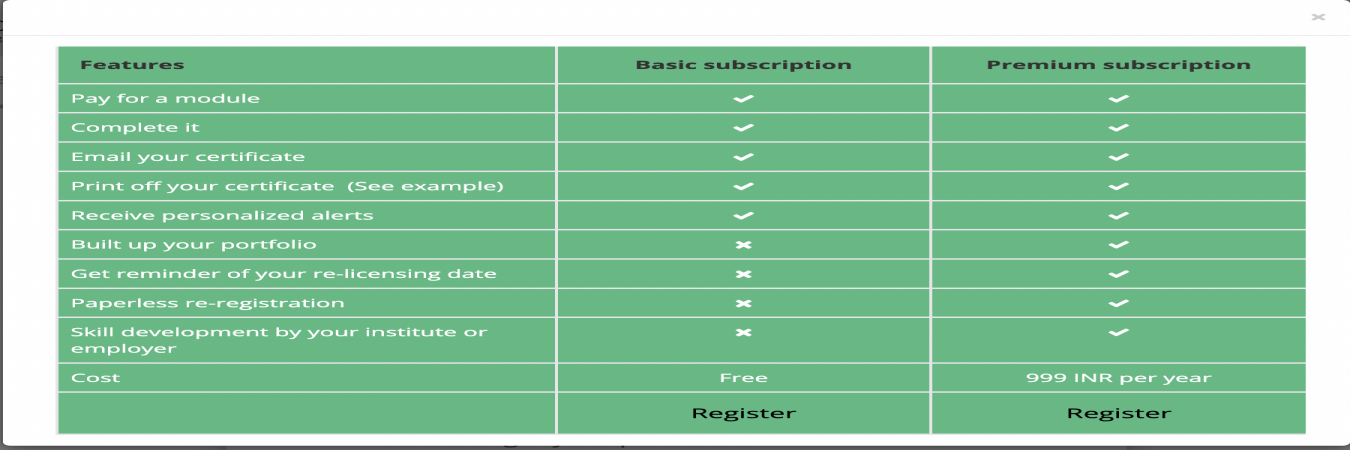
₹0.00 - ₹330.00

₹0.00 - ₹330.00